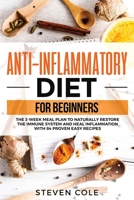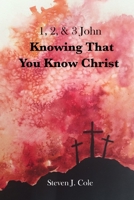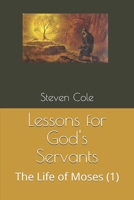Anti-Inflammatory Diet for Beginners: The 3 Week Meal Plan to Naturally Restore the Immune System and Heal Inflammation with 84 Proven Easy Recipes
Select Format
Select Condition 
Based on Your Recent Browsing
Book Overview
Inflammation, chronic fatigue and pain are simply signs that something is wrong with our bodies and research indicates that eating certain foods every day can be the trigger.
Anti-Inflammatory Diet for Beginners will explain you step-by-step how to change your daily nutrition to naturally restore your immune system and heal inflammation.
This is what you will find out reading this book:
A detailed guide on what inflammation is and when it becomes chronicBONUS:
84 Proven Easy RecipesYou are probably thinking... is this going to be difficult? Is this going to take a lot of time from my busy day? How fast will I start seeing some tangible results? You will be surprised on how, thanks to the information provided in this book, Anti-Inflammatory Diet can be easy, time-efficient, affordable, tasty and you'll notice its effects only after 3 weeks.































